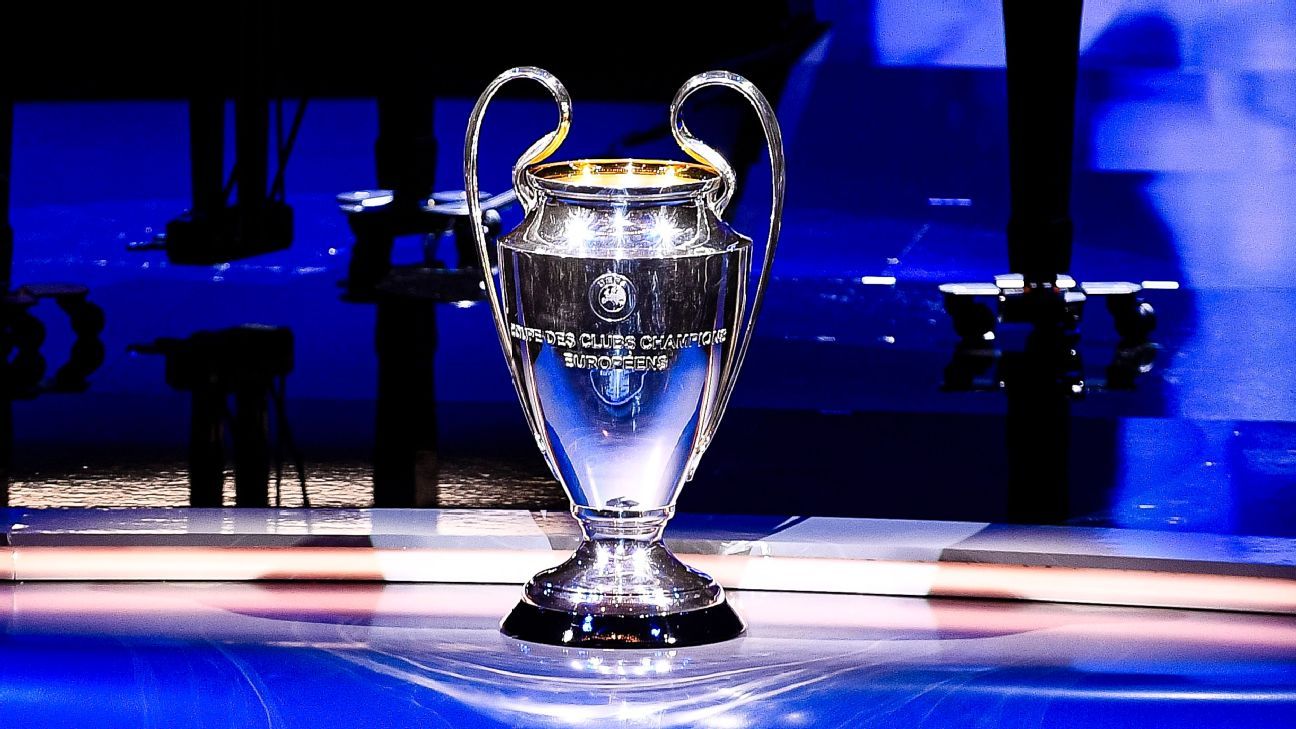Has the New Champions League Format Been a Success?
The UEFA Champions League underwent a significant

The UEFA Champions League underwent a significant transformation in 2025, introducing a new format aimed at increasing competitiveness, excitement, and engagement. With a 36-team league phase replacing the traditional group stage, the tournament promised more high-stakes matches and a fresh dynamic for clubs and fans alike. Now that the first season under this format has concluded, the question remains—has it been a success?
The Key Changes in the New Format
The most notable shift in the Champions League structure was the replacement of the old group stage with a single league phase. Instead of eight groups of four teams, all 36 clubs competed in a Swiss-style league, playing eight different opponents rather than facing the same three teams twice. This change aimed to:
- Increase variety in matchups, ensuring clubs faced a broader range of opponents.
- Enhance competitiveness, making qualification for the knockout rounds more unpredictable.
- Reduce dead-rubber matches, ensuring every fixture carried significance.
Additionally, the top eight teams in the league phase automatically advanced to the Round of 16, while teams finishing 9th to 24th entered a playoff round to determine the remaining knockout spots.
Has the Format Delivered More Excitement?
One of UEFA’s primary goals was to make the Champions League more thrilling from the outset. The final matchday of the league phase saw all 36 teams playing simultaneously, creating a dramatic climax where qualification spots were decided in real time.
The increased number of fixtures also led to more high-profile clashes, with powerhouse clubs facing each other earlier in the competition. Matches such as Manchester United’s 3-3 draw with Porto and Galatasaray’s 3-2 win against Spurs showcased the unpredictability of the new format.
Competitive Balance and Fairness
UEFA aimed to create a more balanced competition, ensuring smaller clubs had a fairer chance to progress. The new format reduced the gap between top-seeded and lower-seeded teams, with Pot 4 clubs increasing their points per match by 25% compared to previous seasons.
Additionally, teams from lower-ranked leagues had more opportunities to face elite clubs, leading to surprise results. Viktoria Plzeň’s victory over Real Sociedad and draw against Eintracht Frankfurt demonstrated how the format allowed underdogs to shine.
Challenges and Criticism
Despite its successes, the new format has faced criticism. Some concerns include:
- Fixture congestion: With clubs playing more matches, scheduling has become more demanding, particularly for teams competing in domestic leagues and other European competitions.
- Complexity: The league phase and playoff system have made qualification scenarios harder to follow compared to the straightforward group stage.
- Potential for one-sided matches: While competitive balance has improved, some fixtures have seen dominant victories by top clubs, raising concerns about fairness.
The Verdict: Success or Failure?
Overall, the new Champions League format has delivered on its promise of increased excitement and unpredictability. The expanded league phase has created more engaging matchups, and the playoff system has added an extra layer of drama.
However, fixture congestion and complexity remain challenges that UEFA may need to refine in future seasons. Despite these concerns, the first season under the new format has largely been viewed as a success, with clubs, fans, and commercial partners embracing the changes.
As the Champions League continues to evolve like online Bally Casino UK, it will be interesting to see how UEFA fine-tunes the format to maintain its appeal while addressing logistical concerns. One thing is certain—the competition remains Europe’s premier club tournament, and its latest transformation has ensured it remains as thrilling as ever.







